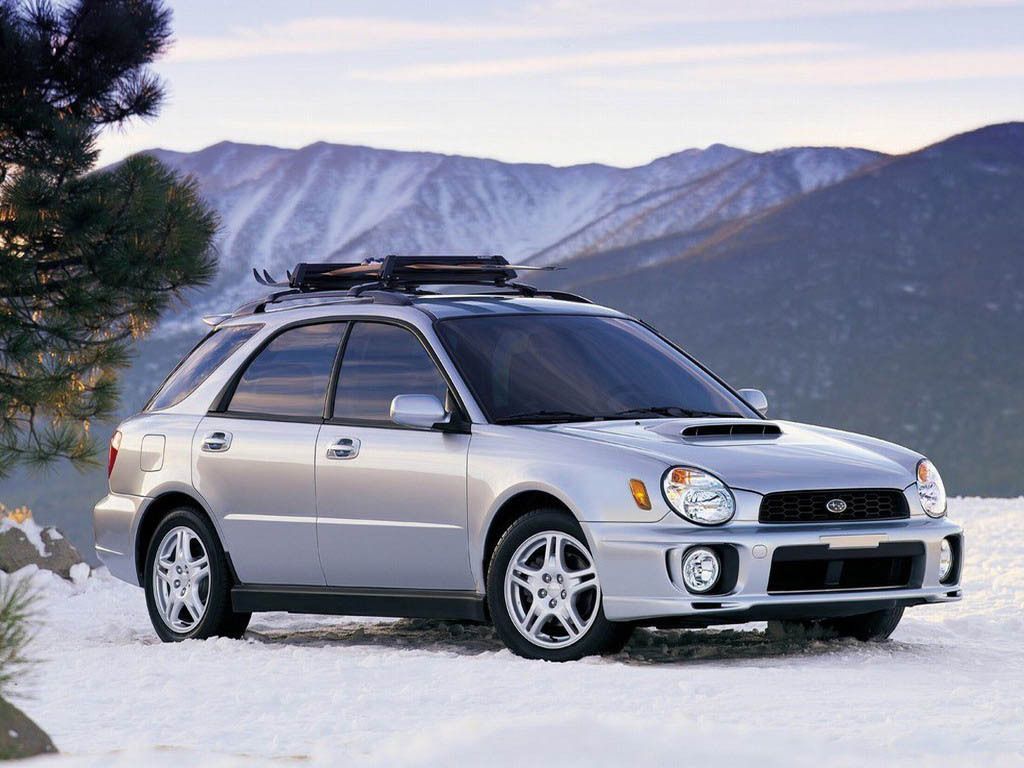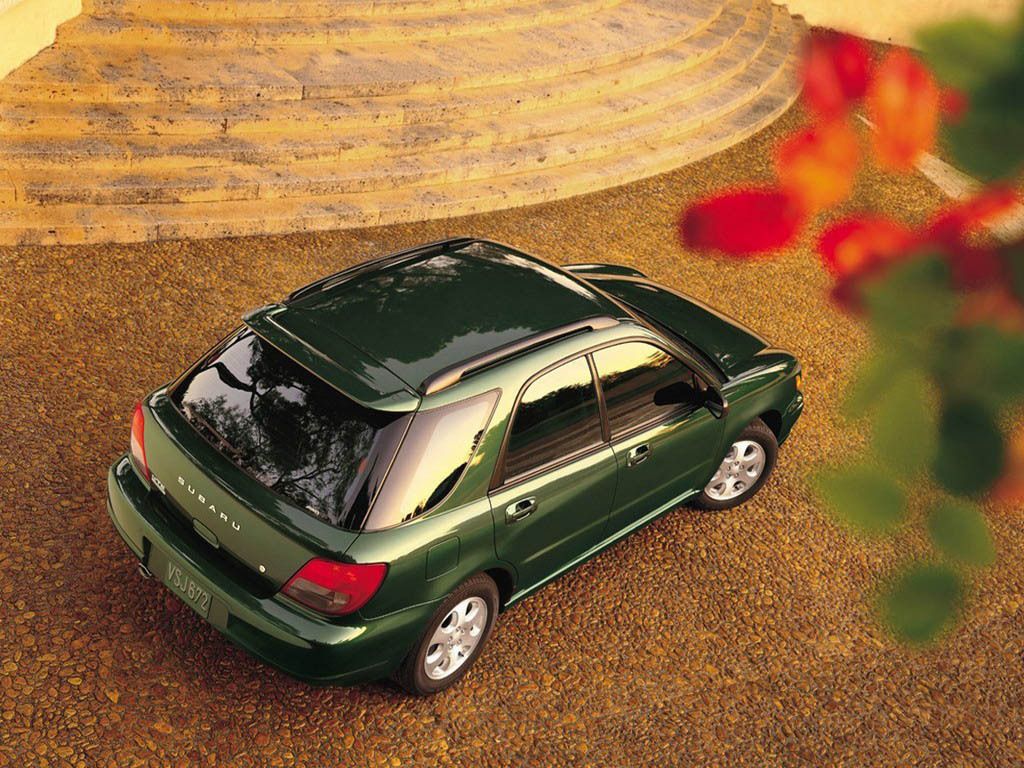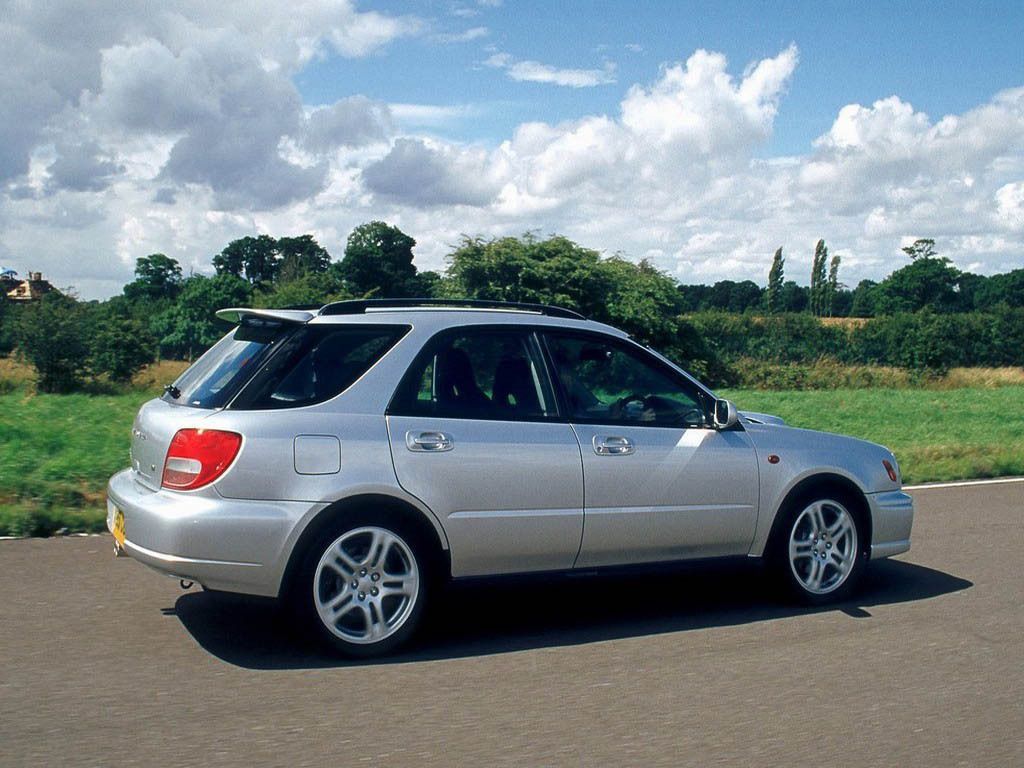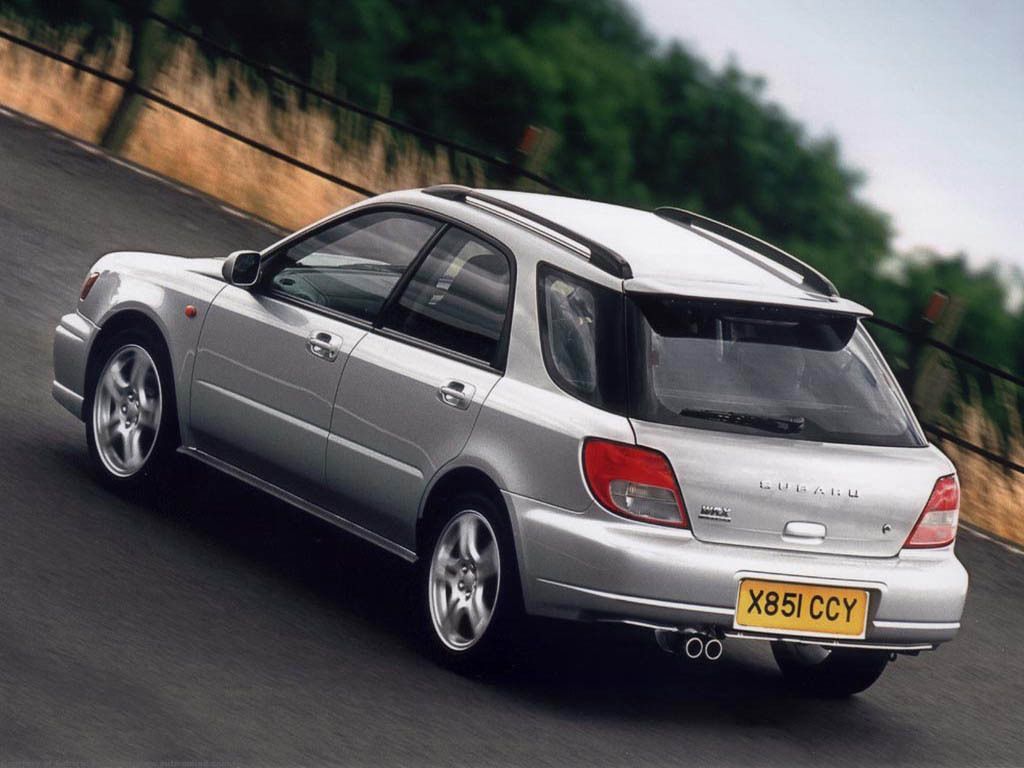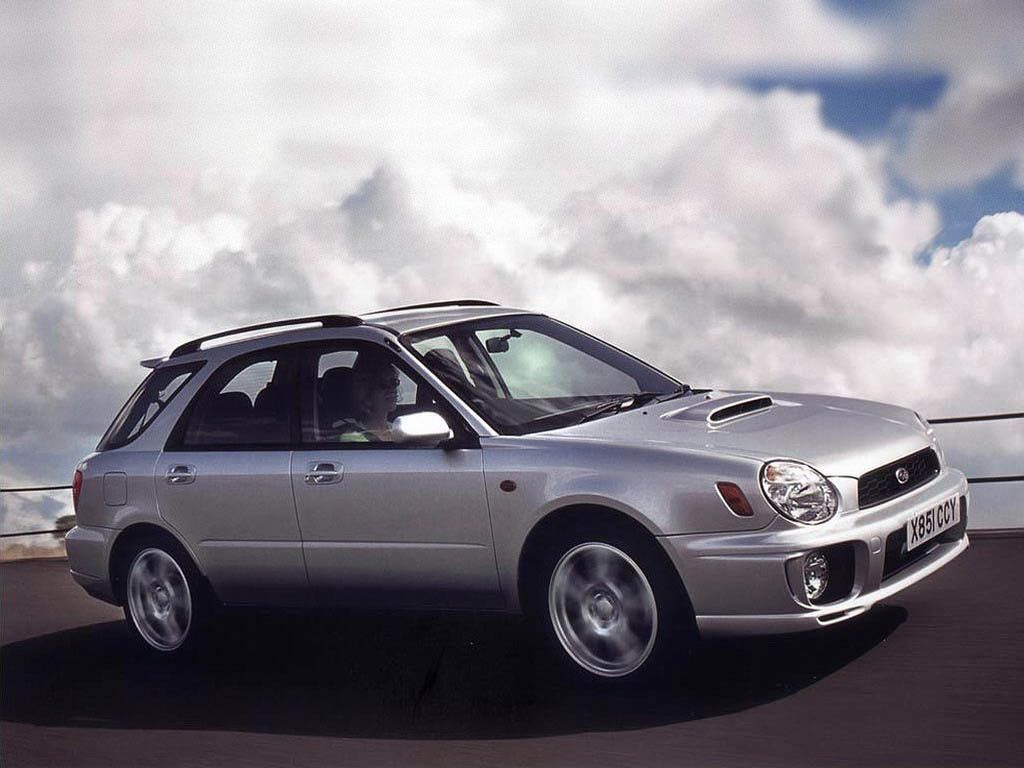Subaru's fortunes have improved dramatically since its Spring 2001 introduction of the 2002 Impreza WRX. Equipped with a turbocharged engine and a sport-tuned suspension, this performance-minded Impreza has tapped into America's growing interest in sporty compact cars and expanded the awareness of the brand. The company's new tagline should be "Subaru: It's Not Just for Vermonters any More."
2001 Subaru Impreza WRX SW
- Make: Array
- Model: 2001 Subaru Impreza WRX SW
- Horsepower: 227@6000
- Torque: 4000
- [do not use] Vehicle Model: Array
When Subaru decided to offer a WRX wagon along with the sedan, it wasn't quite sure how well the car would be received. Would Americans go for a hot-rodded compact station wagon, or did the wagon's last hope at being cool die in 1983 after Clark Griswold tied Aunt Edna to the top of the Wagon Queen Family Truckster?
Features
There are very few mechanical differences between the WRX sedan and wagon. Both come with a turbocharged and intercooled 2.0-liter four-cylinder engine. This small dynamo packs 227 horsepower at 6,000 rpm and 217 pound-feet of torque at 4,000 rpm. Impressive to be sure, but near idle, the engine's responses are dulled. There's turbo lag down low on the tachometer. Big happy mega fun time happens past three grand. Here, the turbo awakens, the extra boost pressure flows freely, and the engine pulls hard toward the 7,000 rpm redline.
Power is routed to all four wheels via a five-speed manual or a four-speed automatic transmission. The WRX sedan we tested had the five-speed, so we were interested in the performance of our automatic-equipped wagon. While we don't recommend it for people looking for maximum performance, the auto certainly makes congested traffic much easier to bear. We did note that the transmission could stand some additional refinement, as shifts are a bit rough and downshifts don't occur promptly enough. Given the sporting nature of the WRX, Subaru would be wise to give the auto a sequential-shift mode similar to Porsche's Tiptronic.
From a standing start, the automatic amplifies the engine's sluggish low-end response. Step on the throttle after coming off the brake, and the WRX dribbles forward. In our first acceleration run, we recorded an unimpressive 0-to-30-mph time of 4.0 seconds on the way to an 8.7-second 0-to-60. Better results can be obtained by using a brake torque launch technique. This technique (for an automatic transmission only) is done by placing the transmission in drive, firmly applying the brakes with the left foot and applying ever-more throttle with the right. The brakes keep the car immobile while the engine spools up until it reaches the transmission's stall speed. Results vary depending on the type of powertrain, but the WRX responds quite well. Done this way, the WRX winds up to about 3,000 rpm and then shoots forward vigorously once the brakes are released. Our best acceleration run gave us a 0-to-60 time of 6.7 seconds with the quarter-mile occurring in 15.1 seconds at 89.0 mph.
The automatic also gives the Subaru Impreza WRX a different type of all-wheel-drive system. Manual-equipped cars have a simple but effective center differential-mounted viscous coupling. WRXs equipped with the four-speed automatic get Subaru's Variable Torque Distribution (VTD) all-wheel-drive system. Used in the WRX and the Outback H6 3.0 VDC, VTD employs an electronically controlled hydraulic transfer clutch and a planetary gear center differential to distribute power in a 45/55 split between the front and rear axles.

